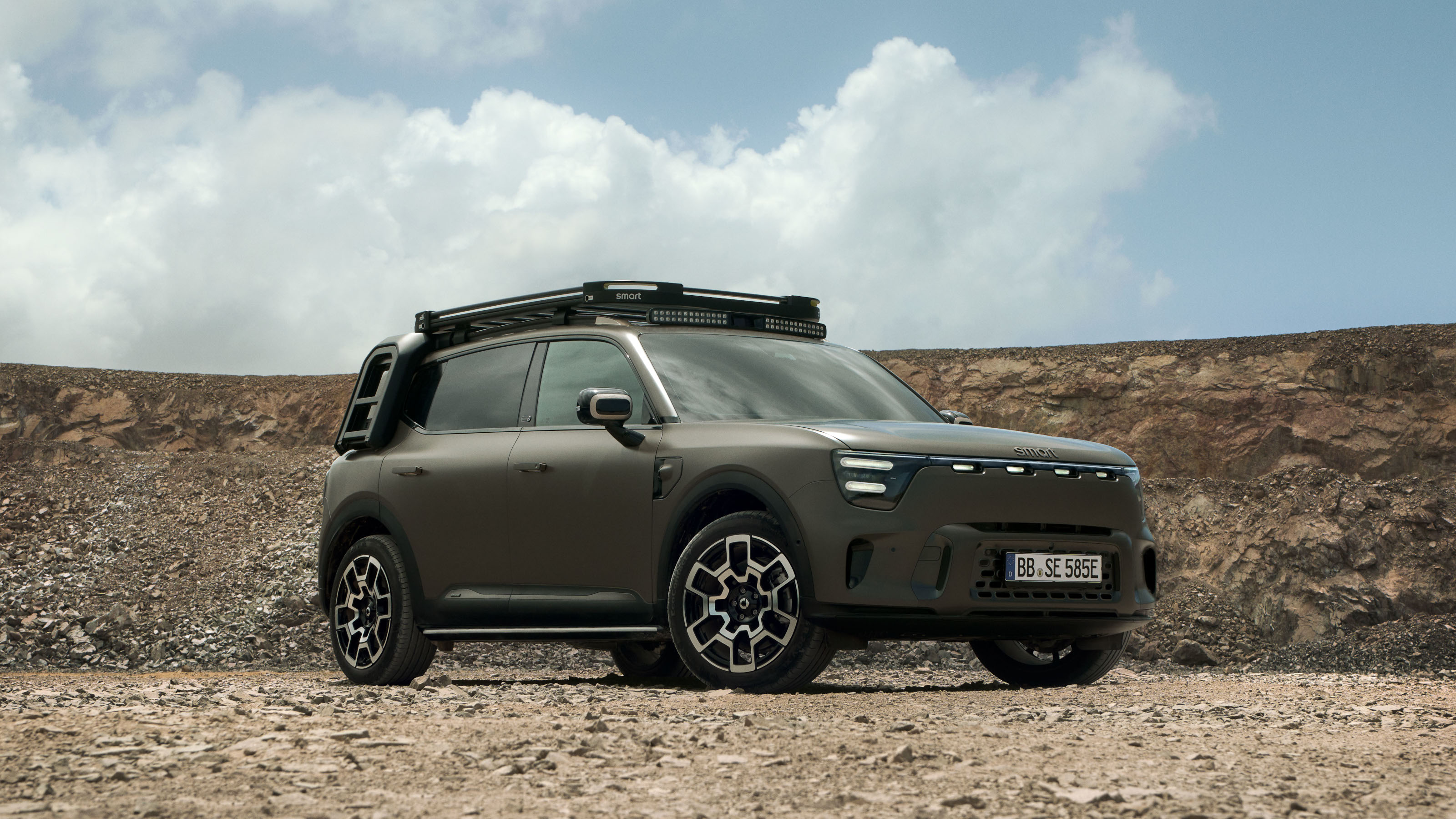
Now that Smart has been fully reborn as a grander, more premium all-electric marque, the next car to emerge from the German-Chinese partnership is this, the Smart #5. Billed as the ‘First-Ever Premium Mid-Size SUV from Smart’, it joins the Smart #1 and Smart #3 to complete a trio of SUVs that will have completely reshaped the brand.
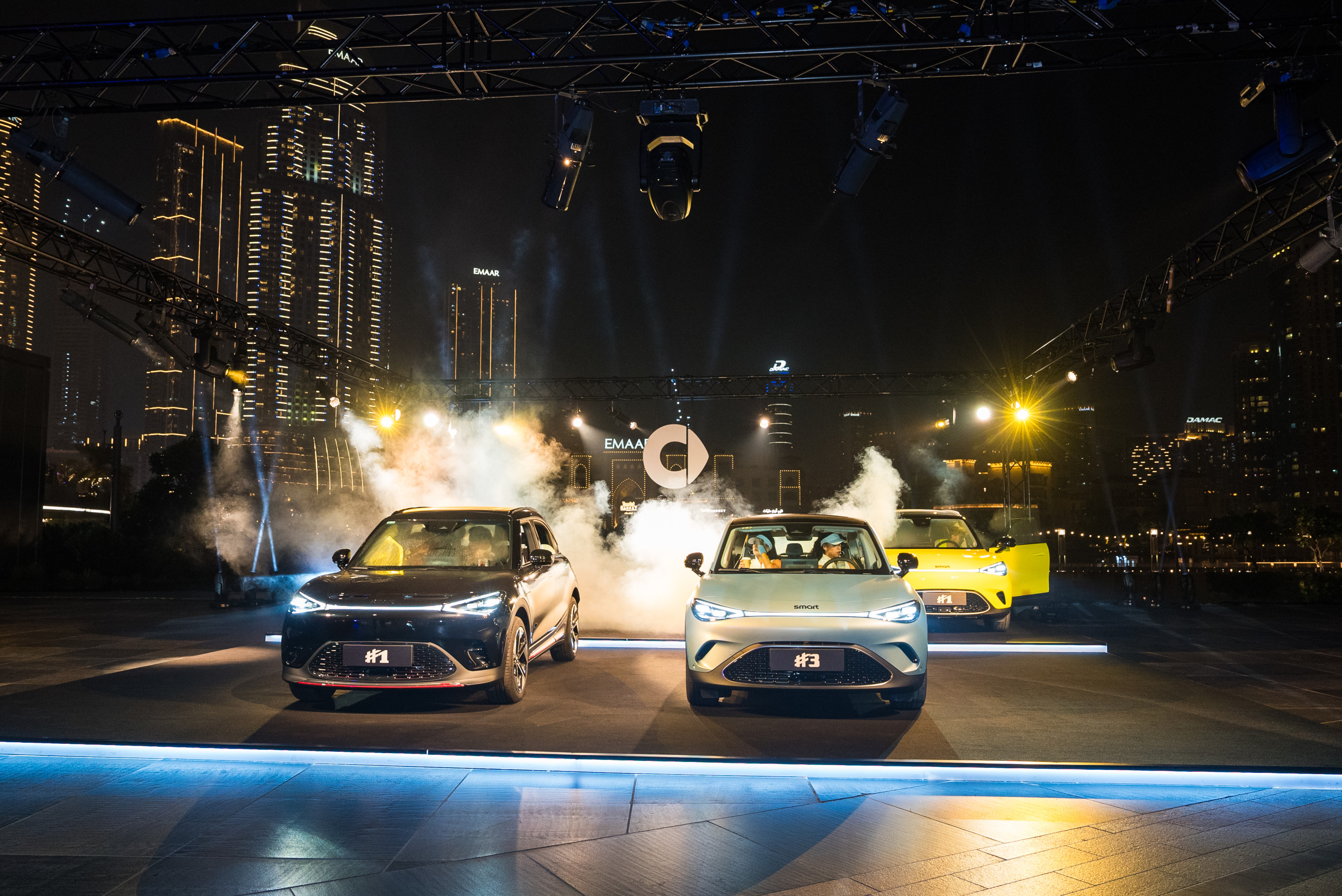
The #5 will come as something of a shock to those used to Smart’s compact, urban-focused past. With rugged styling and off-road accessories like a roof light bar and electric trailer hitch (and the option to install underbody protection, a roof carrier and even a side ladder), the #5 pitches itself as a bespoke, ultra-compact off-roader with a side order of interior quality.
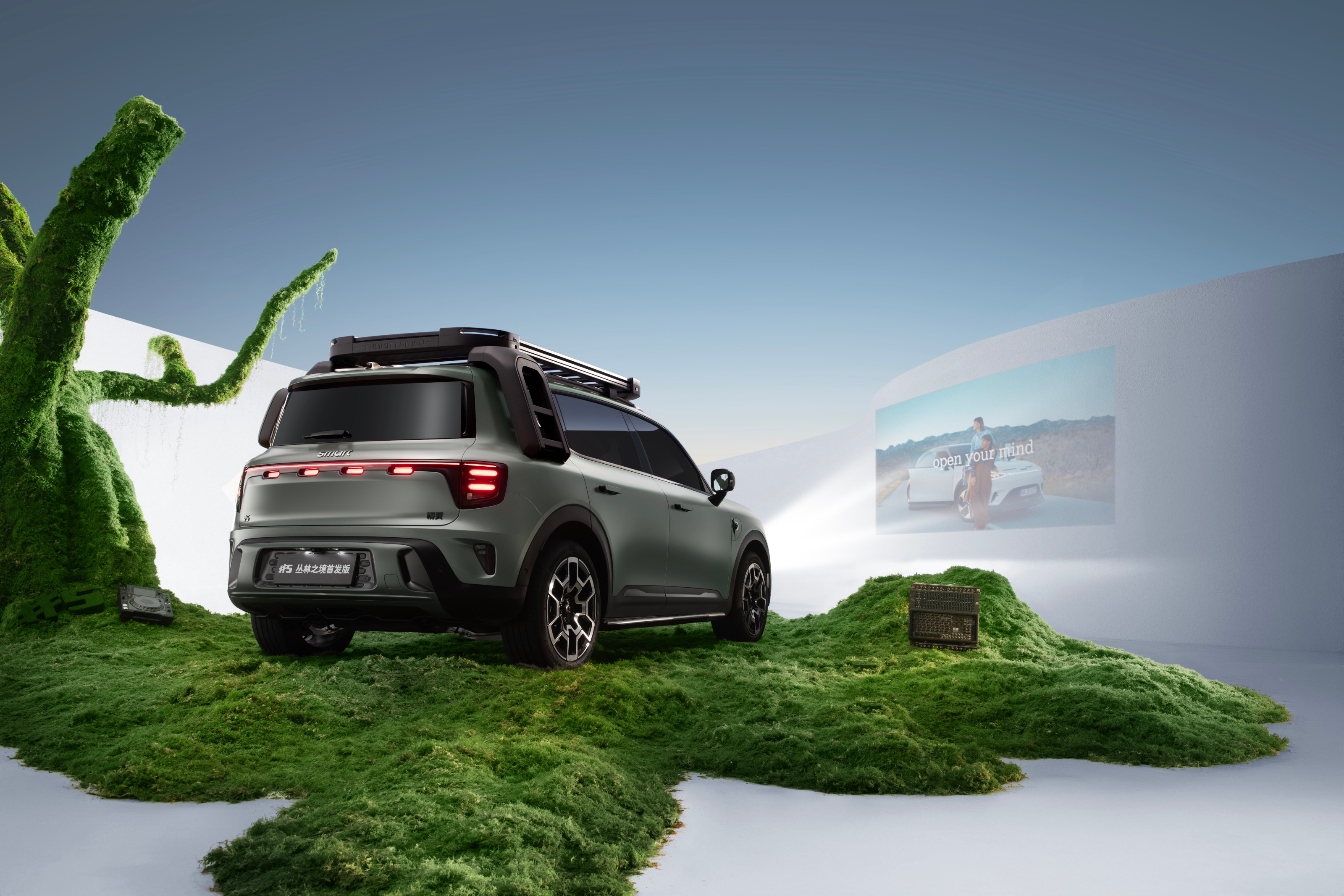
The latter includes aeroplane-style LED reading lights, oak trim, LED ambient lighting and even the ability to transform the seats into a ‘king-size, queen-size, or single sleeping space in the cockpit’. With no less than 34 different storage spots scattered around the cabin, as well as frunk luggage compartment and a sizeable boot, Smart is pitching the #5 as a competent all-rounder.

Three new partners also signal the #5’s multi-functional direction. These include the bespoke Project One bike from American bicycle brand Trek Bikes and ‘The Cave’, a custom version of one of outdoor gear manufacturer Heimplanet’s tents. Finally, there’s Sennheiser, the German audio brand, which has overseen the #5’s 2,000-watt sound system.
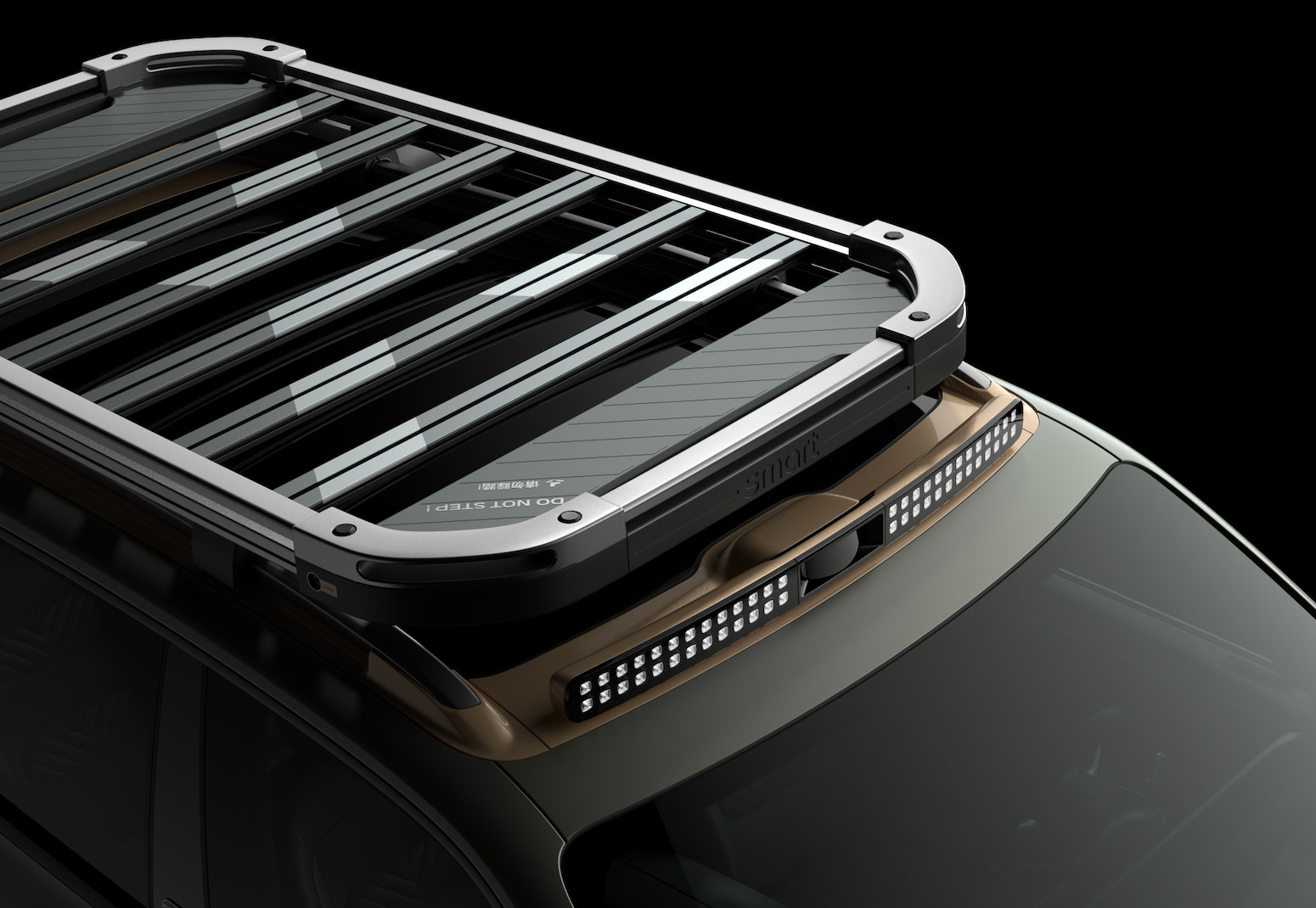
Wallpaper* spoke to Kai Sieber, head of design Smart at Mercedes-Benz Design, to talk us through the new model and what it means to scale up a brand that originally intended to make the most pocket-sized cars of all.
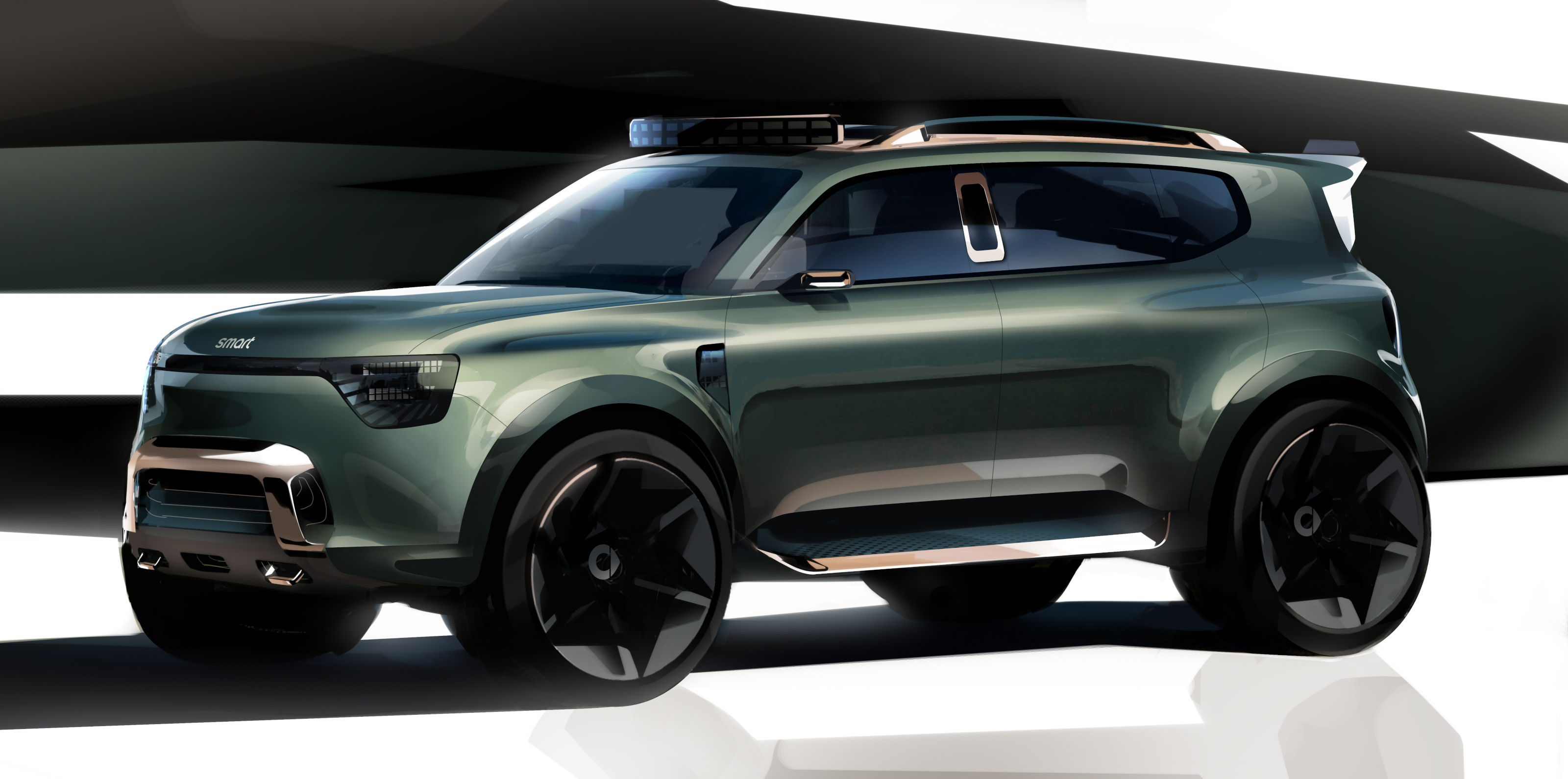
Wallpaper*: Tell us the story of the brand’s reboot
Kai Sieber: We switched Smart from being an A-segment car towards the B and C segment and formed a new partnership with Geely. As part of this process, we performed a reset for the brand, which involved a lot of research. For example, the Smart word cloud included things like ‘simple, sweet, kind, and colourful’, which told us it had established itself as a positive, playful brand. As a result, Smart is not against anything – it is about positivity.
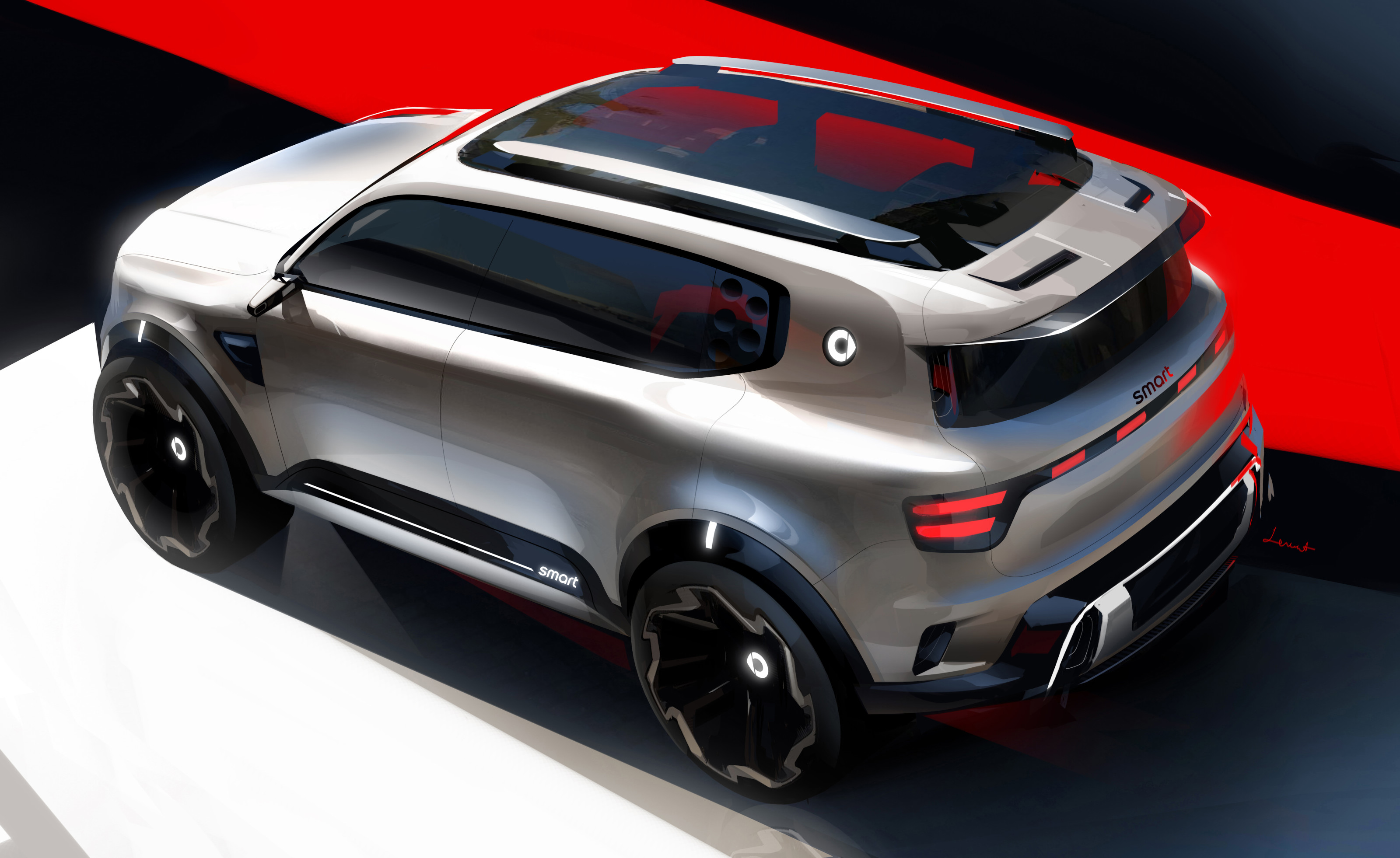
W*: What came first, the new approach or the partnership with Geely?
KS: When we did the Fortwo and Forfour, we were working with Renault [the pairing also resulted in the Renault Twingo]. Geely came forward with a platform and joint venture – it is a really excellent platform, a long wheelbase with very short overhangs.
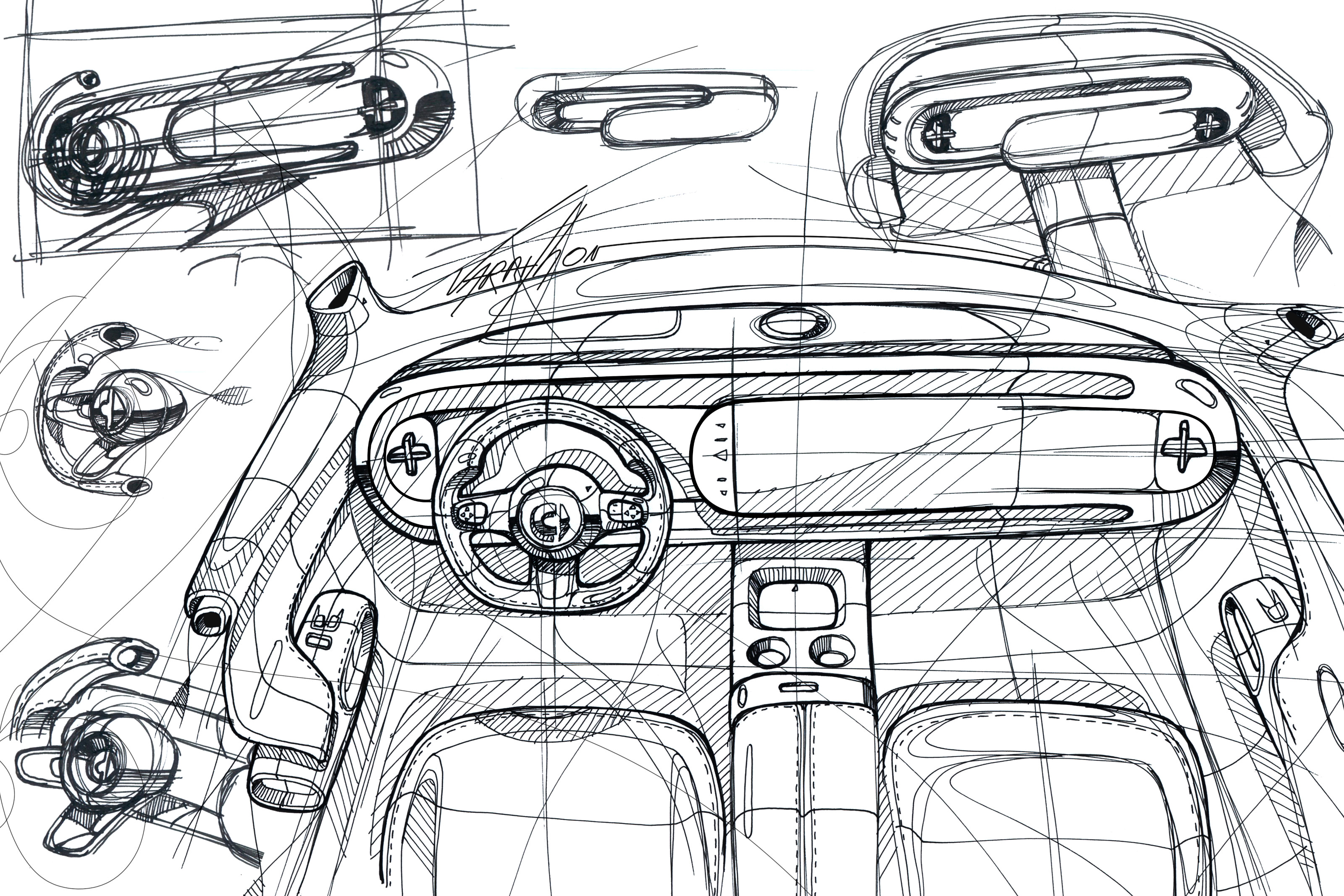
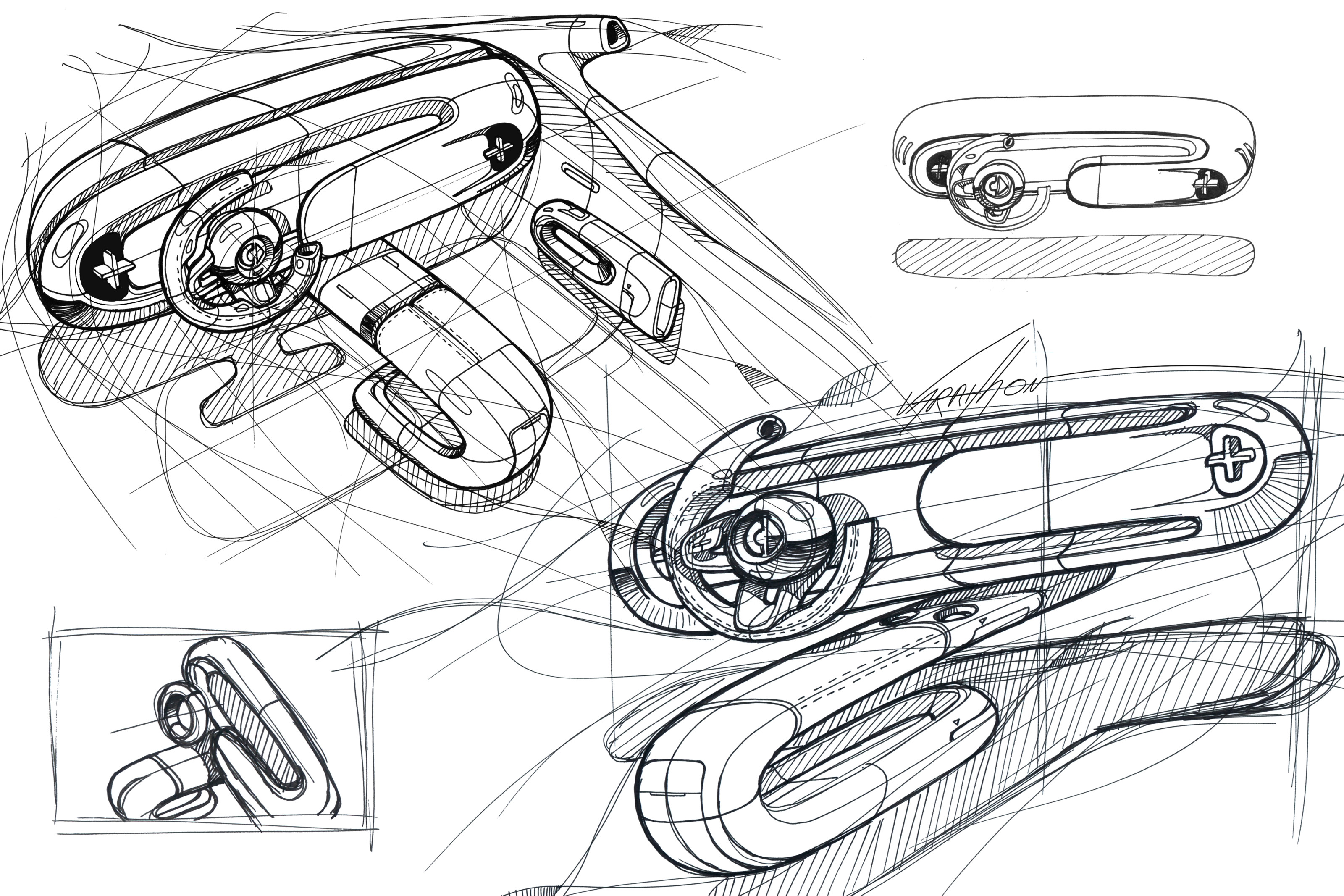
W*: Where did the influences come from for the new design approach?
KS: It was about finding the sweet spot. It was clear that Geely’s new platforms would allow Smart to grow up slightly. More and more cars are alike – you need to find your USP and emphasise it. Our design philosophy was to create emotional, friendly design, inspired by product design and three key criteria: ‘love, pure and unexpected’.
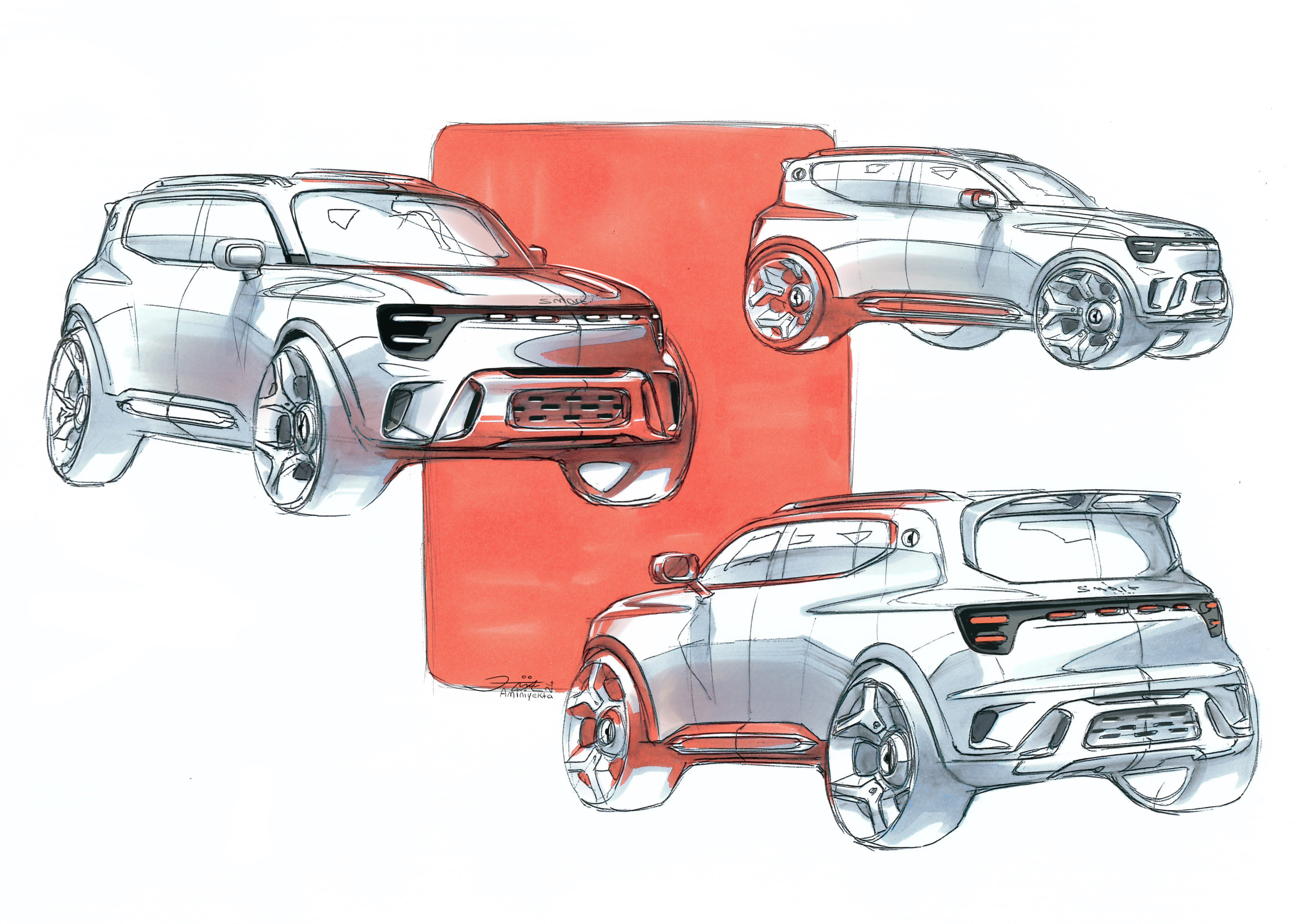
W*: How did these criteria manifest in the new Smart #5?
KS: We have really pure, simple graphics, combined with unexpected elements like the ‘flying roof’. Then there are things like the low poly style of design for the animal assistants.
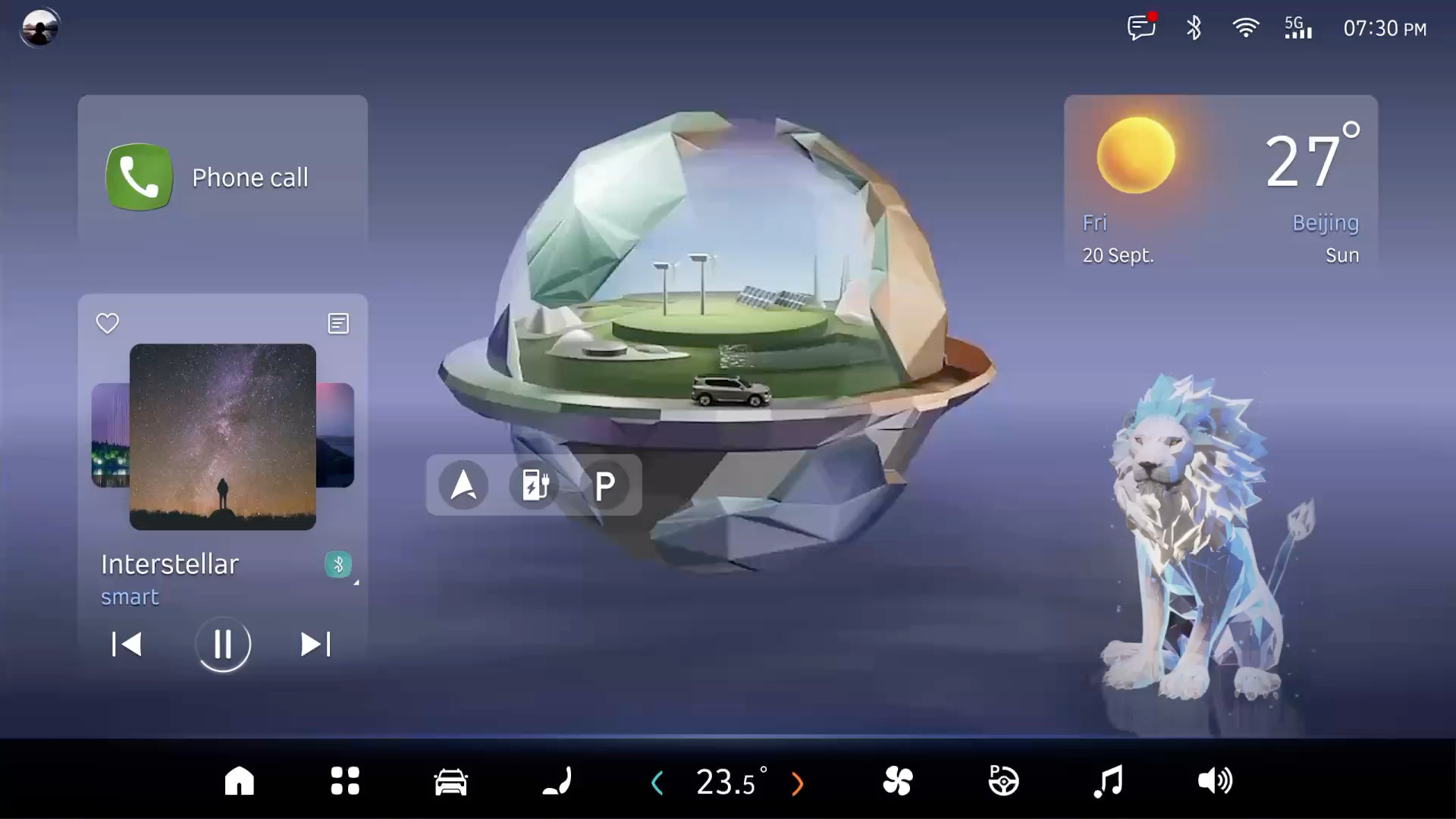
W*: How does the #5 evolve the Smart brand?
KS: Smart #1 and #3 have an obvious [relationship to old Smart], but #5 is the largest Smart to date. We didn’t have to compromise on space. Although a Smart should always have the same light signature front and rear, we shifted to what I call ‘squaricles’ for Smart #5, an evolution of the triangular forms on #1 and #3. These oblongs are carried through into the interior and create a more utilitarian look. Inside, the passenger has a separate screen, what we call a floating ‘tech island’.
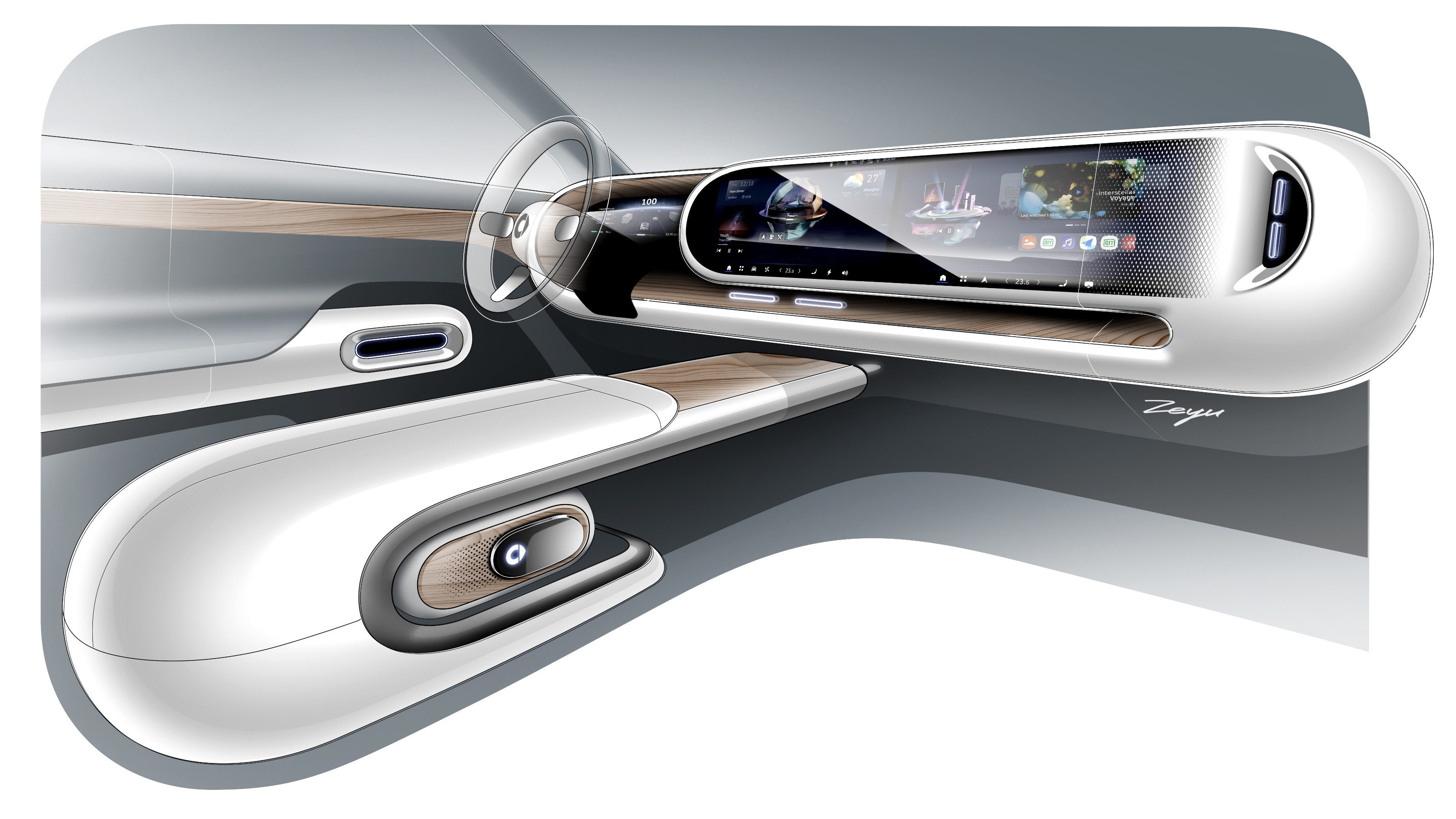
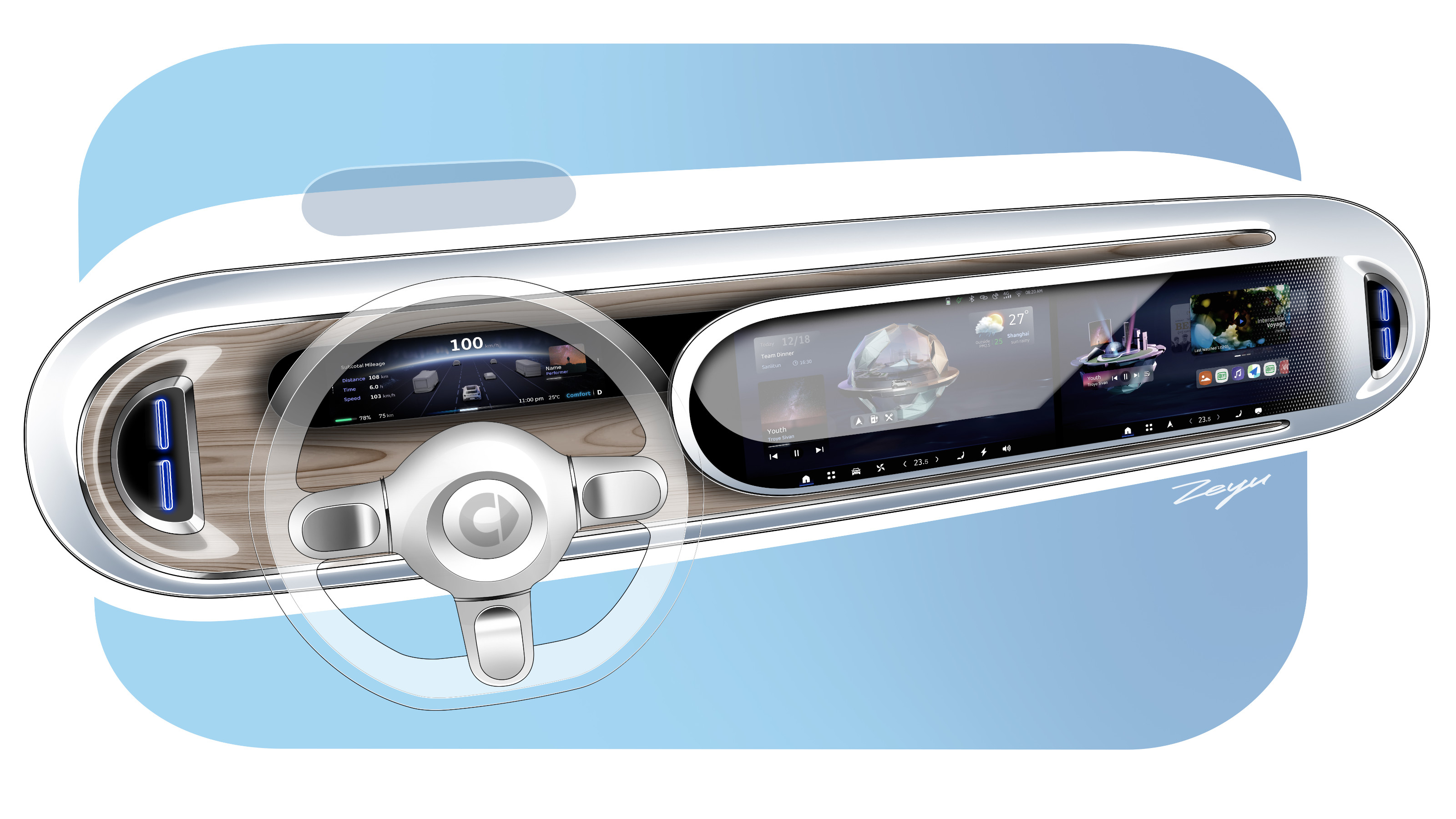
W*: What about the material approach?
KS: Smart also stands for sustainability. With #5, all the touch points are finished in Napa artificial leather. There’s also real wood inside [on the dashboard and door trims]. Even the fabric we’re using on the most basic models is more upscale than #1 or #3.
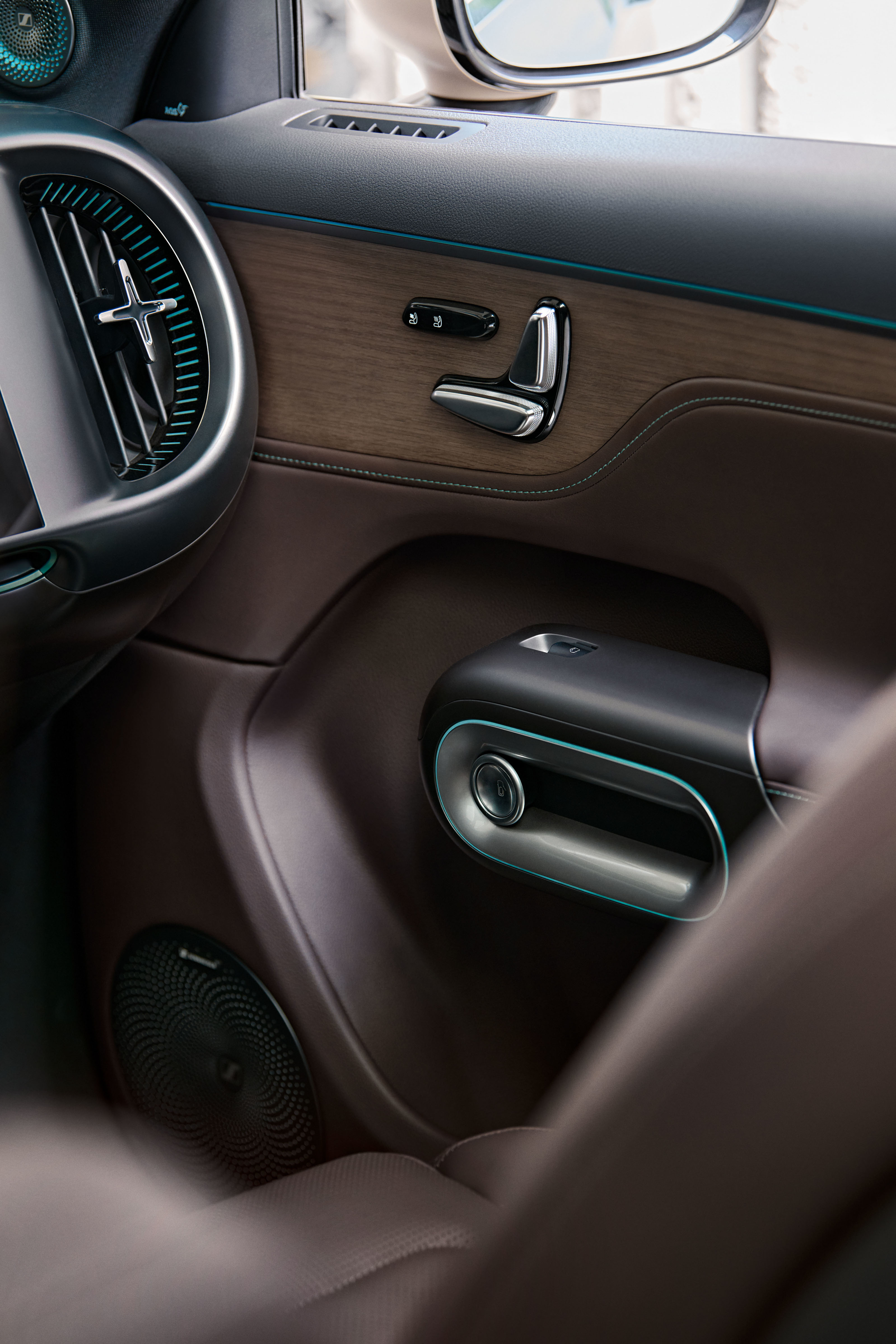
W*: What’s the plan for selling Smart #5 around the world?
KS: We launched in China in October 2025, and the car will arrive in Europe in 2025. That’ll be followed by the UK, Australia and South America.
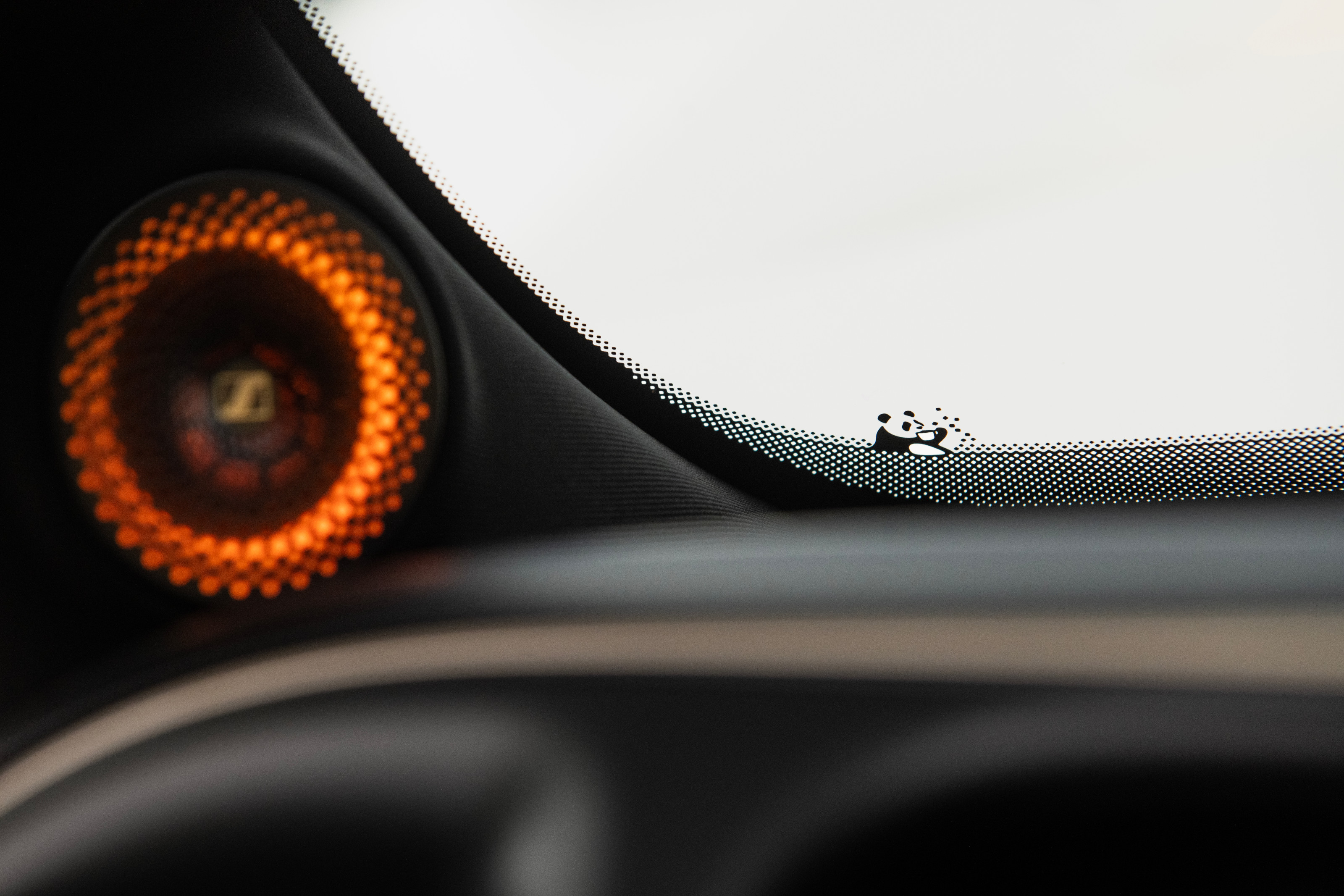
Smart #5, coming soon, UK.smart.com, @smart_worldwide







